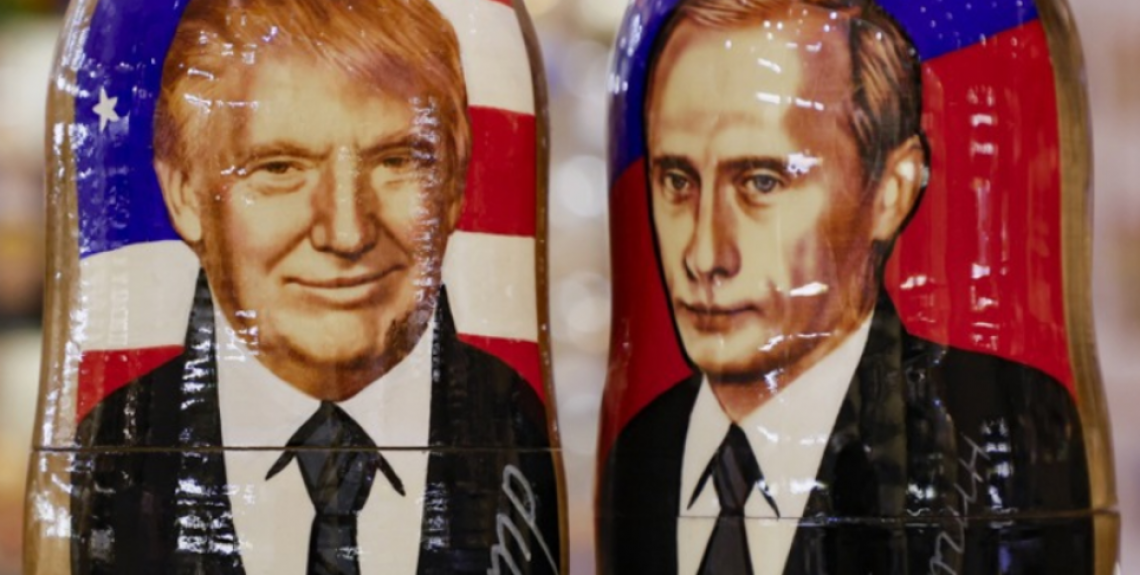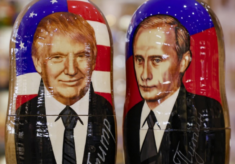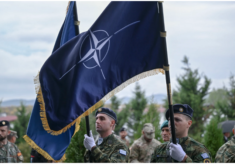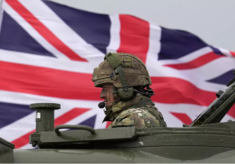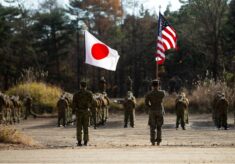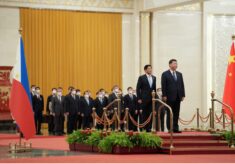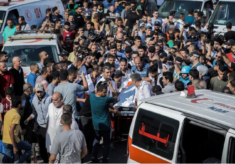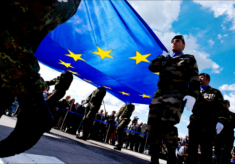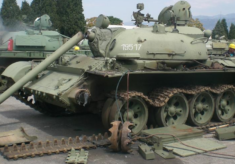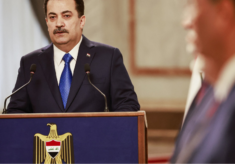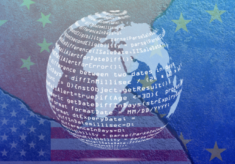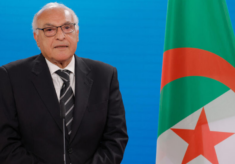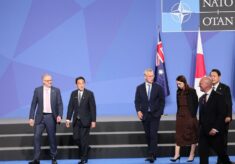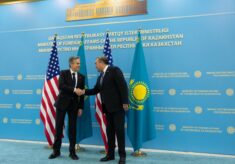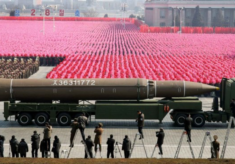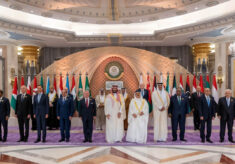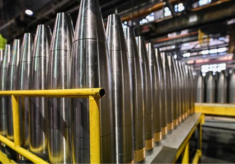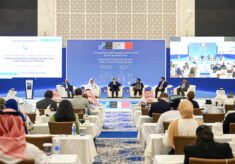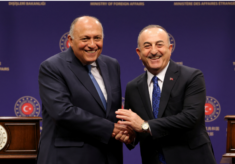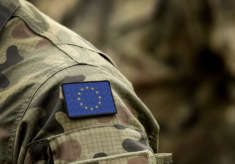Apparently, the president of the Russia Federation, Vladimir Putin, has a maximalist approach as regards Kiev: Ukraine’s neutralization and even tri-partition. But he is also able to apply maximal flexibility in dealing with his counterpart Donald Trump in order to obtain diplomatically from the latter the most on Ukraine and, in the same time, normalise Russia-US relations.
Trump, on the other hand, sees any peace deal on Ukraine just as a means to confirm his image as great peacemaker, while showing esteem for his long-time interlocutor.
Putin’s goals in Ukraine
In fact, Putin has short term, medium term and long-term goals on Ukraine.
Short term: to use Trump strong desire for an “immediate cease-fire” to make a deal with Washington to end security and military support from USA/NATO and other countries to Kiev.
Medium term: to normalise Moscow-Washington relations; USA to lift economic sanctions against Russia.
Long term: no more NATO expansions towards Russia (and possibly a roll back of the Atlantic Alliance from Eastern Europe); Ukraine to be neutralized and cut in three pieces: the western part to Europe, the centre transformed in a buffer State between Europe and Russia, while the occupied territories in Donbas and Crimea are to officially annexed to the Russian Federation, with US and international diplomatic recognition.
Last but not least, Russia to be welcomed again as a full member in the political-economic big circles of the West. Putin, despite all, is a zapadnik (westernizer), wrapped into a Slavic autocrat: he sees Russia’s future in the West (but not underit), while China is much more a competitor (and a dangerous one) than a strategic partner for Russia.
Trump’s goals in Ukraine
Short term: relaxing relations with Moscow. The current US president made a commitment to terminate Biden’s policy on Ukraine, i.e. Kiev’s support to defend itself from Russian aggression, perceived and portrayed in other quarters as a weaponization in order to weaken Russia. According to Trump’s narrative, this Democrats’ plan was a catastrophic failure.
Long term: to finalize a larger geopolitical deal with Putin, putting on the balance Ukraine and NATO’s further role in Europe against Russian cooperation on Arctic resources, nuclear weapons negotiations, solutions for the Iranian problem. While still in the process of defining its policies, it seems that, among the priorities, China is among them and it should dealt with not only with a tariff campaign but also with the so called “reverse Kissinger” (a reference to the 1972 agreement with Communist China, detaching her from the Soviet orbit): a brand-new US-Russia pact in order to eventually isolate Beijing. The risk that both friends and foes perceive an emerging new era of America isolationism, overshadowing the US strategic communication.
Bottom line
Putin is a highly manipulative political actor: he used, for instance, his chief negotiator Kirill Dimitriev’s connections with Trump’s son-in-law Kushner to get in touch with State Secretary Rubio and other prominent members of the US administration, in order to engage them in Riyadh for negotiations on Ukraine. And more recently Dimitriev, who is the chief of the Russian Direct Investment Fund, managed to come to Washington to discuss on Ukraine, the first high-profile Russian State official admitted in the USA since the war started.
In this strongmen contest and relationship, one should not underestimate that Putin has clear strategic goals (we like them or not) and may have good cards, trying to leverage the weak spots of the actual administration also in psychological terms. Trump would like to have and hold the initiative on Ukraine, because it suits him to be acknowledged as great peacemaker, while Putin tries to exploit this aspiration. On the other hand, Trump may combine his short-term focus and remarkable political instinct to keep off balance his Russian interlocutor with his hallmark unpredictability.
Angelantonio Rosato
Geopolitical Analyst. PSYOPS Specialist, IT Army (Res).

